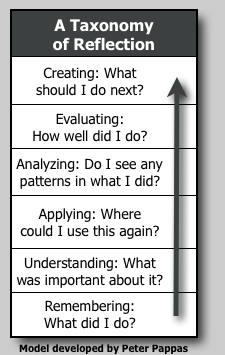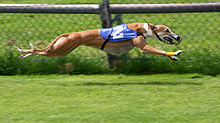
Spring Break, what is that anyway?
In my previous post, I noted that I would be working on the following tasks as defined in the Gannt chart:
In my previous post, I noted that I would be working on the following tasks as defined in the Gannt chart:
Instructional Strategies
- Explanation & Rationale - 100%
- Lesson Structure - 50%
- Storyboard Draft: 50%
- Treatment Report - 50%
Over the two weeks I have accomplished the following:
- Create a framework for the Lesson Structure
- Outline the key ideas and 9 instructional events (Gagne) for each Instructional Goal
- Locate motivational quotes for each goal
- Draft the lesson structure for goals 1-4
- Create a complete storyboard for Goal #1
- Email client storyboard with questions for feedback
- Read feedback and discuss with team
- Draft wireframe storyboard for goal 3 & 4
Unfortunately, some of our risk factors have played out. We are missing some content needed for screenshots and we must create the content. Our team is busy and there do not seem to be enough hours in the days...
Next week I will work on the following:
Lesson Structure: Goals 4-7
Storyboard drafts: Goals 2,4-7
Treatment Report
Review content under development by team mates (to support missing content in the online example courses)






 RSS Feed
RSS Feed
